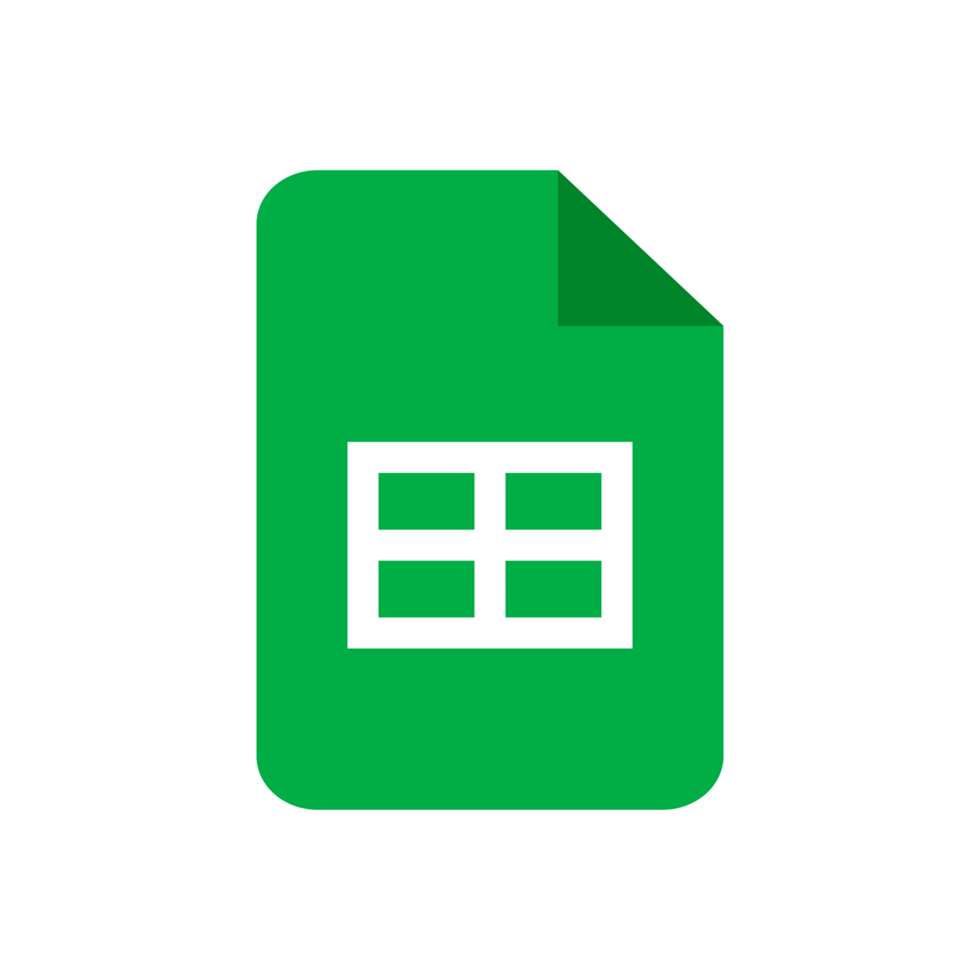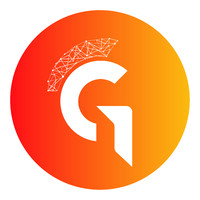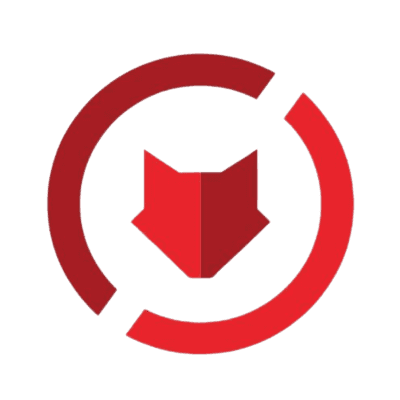Business & Productivity
Gmail is a popular email service provided by Google, offering users a powerful, user-friendly platform to send, receive, and manage their communications efficiently and securely.
1. Email Triage and Routing: Automating the process of categorizing and routing incoming emails based on their content and priority. This helps large organizations efficiently manage high volumes of emails, ensuring that critical messages are directed to the appropriate teams and addressed in a timely manner.
2. Automated Email Responses: Streamlining the process of sending out standardized responses to common inquiries, such as password resets or account activation requests. Mindflow's automation capabilities enable organizations to reduce response times and ensure consistent communication across multiple endpoints.
3. Email Monitoring for Security Alerts: Leveraging Mindflow's automation capabilities to scan incoming emails for potential security threats or phishing attempts. This helps organizations maintain a strong cybersecurity posture by quickly identifying and addressing potential risks, thus protecting sensitive data and resources.
4. Automated Email Reporting: Generating email activity and security reports to provide organizations with a clear overview of their email usage patterns, potential vulnerabilities, and areas for improvement. This not only saves time and resources but also empowers organizations to make informed decisions on their email management strategies and cybersecurity measures.
Primarily used by individuals, businesses, and organizations worldwide, Gmail simplifies email management by offering various features that cater to diverse user needs. With its intelligent categorization of emails, users can easily separate promotional messages, social media updates, and primary emails, ensuring that important communications remain visible. Additionally, Gmail's powerful search capabilities enable users to locate specific emails quickly and efficiently.
One of Gmail's key strengths is its integration with other Google services, such as Google Drive, Google Calendar, and Google Meet, which allows users to access and manage their digital content in a cohesive ecosystem. The platform's security features, including two-factor authentication and spam filtering, protect users from phishing attacks and unwanted emails.
Accessible through web browsers and mobile apps, Gmail works by using IMAP or POP protocols for email retrieval and SMTP for sending emails. Users can easily customize their email experience with labels, filters, and themes, while the platform's support for add-ons and extensions enhances Gmail's functionality further. Overall, Gmail offers a comprehensive email solution that caters to the diverse needs of its users, making it a preferred choice for email communication.


















